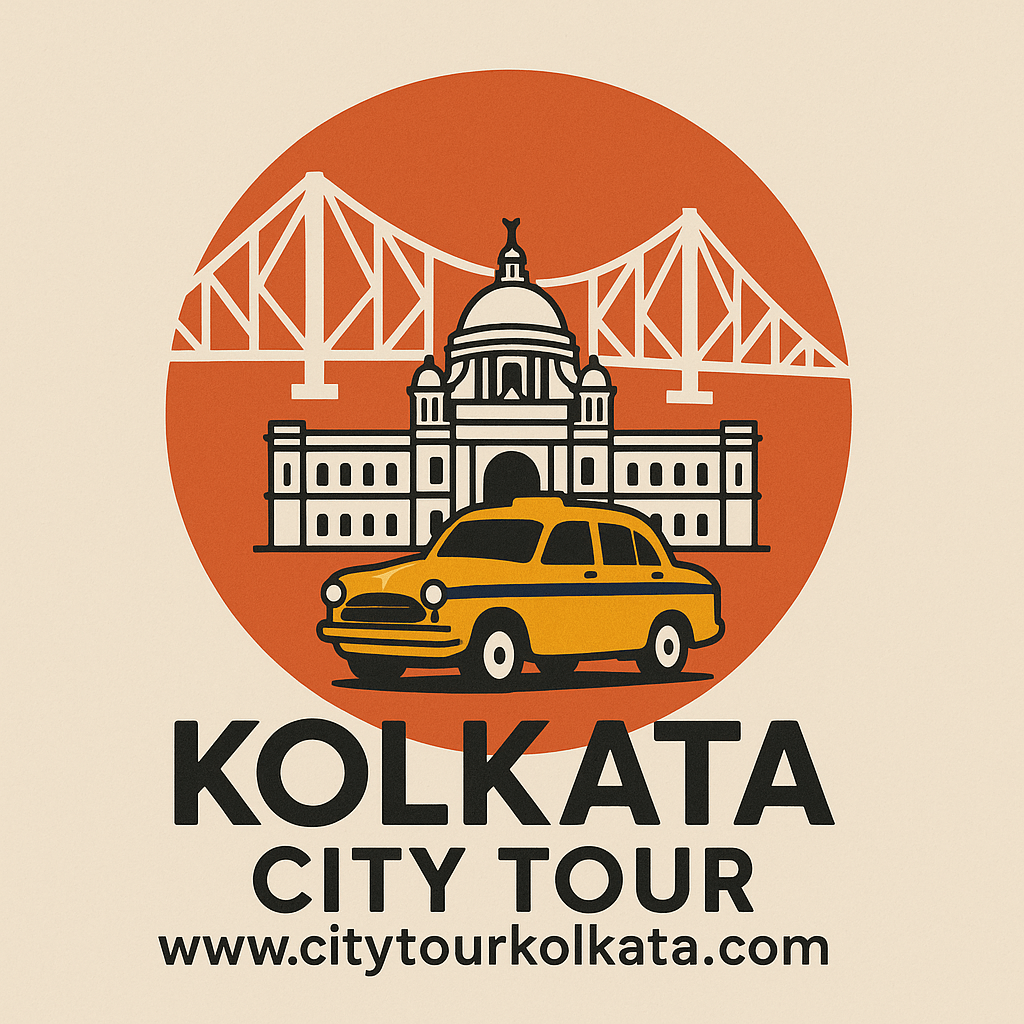About Calcutta History

Calcutta Once the second-most important city of the British Empire after London, Kolkata continues to blend its colonial charm with a dynamic, intellectual, and artistic spirit.
A Brief History of Kolkata: The City of Joy
Kolkata, the capital of West Bengal, holds a prominent place in India’s history due to its strategic location and cultural significance. Calcutta Known as the “City of Joy,” it has been a witness to major political, social, and cultural transformations.
The Awakening (1690–1790)
The Sabarna Roy Choudhury family of Barisha held the jaigir of present-day Kolkata, granted by the Mughals in 1608. They owned the villages of Kalikata, Sutanuti, and Gobindapur, and built the famed Kalighat Temple. Kolkata’s journey began in 1690 when the East India Company acquired the villages of Sutanuti, Kolikata, and Gobindapur from Sabarna Roy Chowdhury. By 1699, the city was developed as a Presidency town. Fort William was constructed, signaling the British intent to establish dominance.
In 1757, after their victory over Siraj-ud-Daulah, the British established Kolkata as Bengal’s capital under Warren Hastings. The Asiatic Society, founded in 1784 by Sir William Jones, became a hub for Oriental studies.

The Flourish (1790–1890)
This era marked the Bengal Renaissance, blending Indian and British cultures. Landmarks like Raj Bhavan (1803), Town Hall (1813), and the Indian Museum (1814) emerged. Educational institutions like Presidency College (1817), Medical College (1835), and the University of Calcutta (1857) were established. The city also saw technological advancements, including the introduction of telegraphs (1851) and trams (1902). Eminent personalities like Rabindranath Tagore and Swami Vivekananda contributed to its cultural and spiritual legacy.

The Milestones (1890–2000)
Kolkata continued to evolve with the contributions of figures like Netaji Subhas Chandra Bose and Mother Teresa. Iconic structures like the Victoria Memorial (1921) and Howrah Bridge (1943) became symbols of the city.
Post-independence, Kolkata emerged as a cultural hub with institutions like the Academy of Fine Arts (1933) and Rabindra Sadan (1967). Infrastructure developments, including the Metro Rail (1984) and Vidyasagar Setu (1992), modernized the city. In 2001, the city’s name officially changed from Calcutta to Kolkata to reflect its Bengali
pronunciation. Kolkata remains a vibrant blend of history, culture, and modernity, embodying its legacy as the City of Joy.

Modern Kolkata “The City Of Joy”

Job Charnock is not the founder of Kolkata
Calcutta High Court delivers a Historic Judgement

The myth is now gone—Job Charnock is no longer regarded as the founder of Calcutta. In the Kolkata Birthday Case (Sabarna Roy Choudhury Paribar Parishad & Others vs. State of West Bengal & Others), the Hon’ble High Court delivered its historic judgment on May 16. A five-member historian expert committee, in a secret report submitted on Nov 11, 2002, declared that neither Charnock founded Calcutta nor was it born on August 24, 1690. The petition was brought by the 500-member Sabarna Roy Chowdhury clan, one of the oldest in the city, which claims that the wily civil servant Charnock usurped the three villages of Sutanuti, Gobindapur and Kalikata from their ancestor Lakshmikanta Majumdar to go down in history as Kolkata’s founder.The report, publicly read on Jan 31, 2003, by Chief Justice A.K. Mathur and Justice Jayanta Kumar Biswas, stated Calcutta emerged through rural settlement clusters in the late 17th century and has no specific birthday. The West Bengal Government has agreed to revise all texts and documents accordingly. Truth always prevails.
